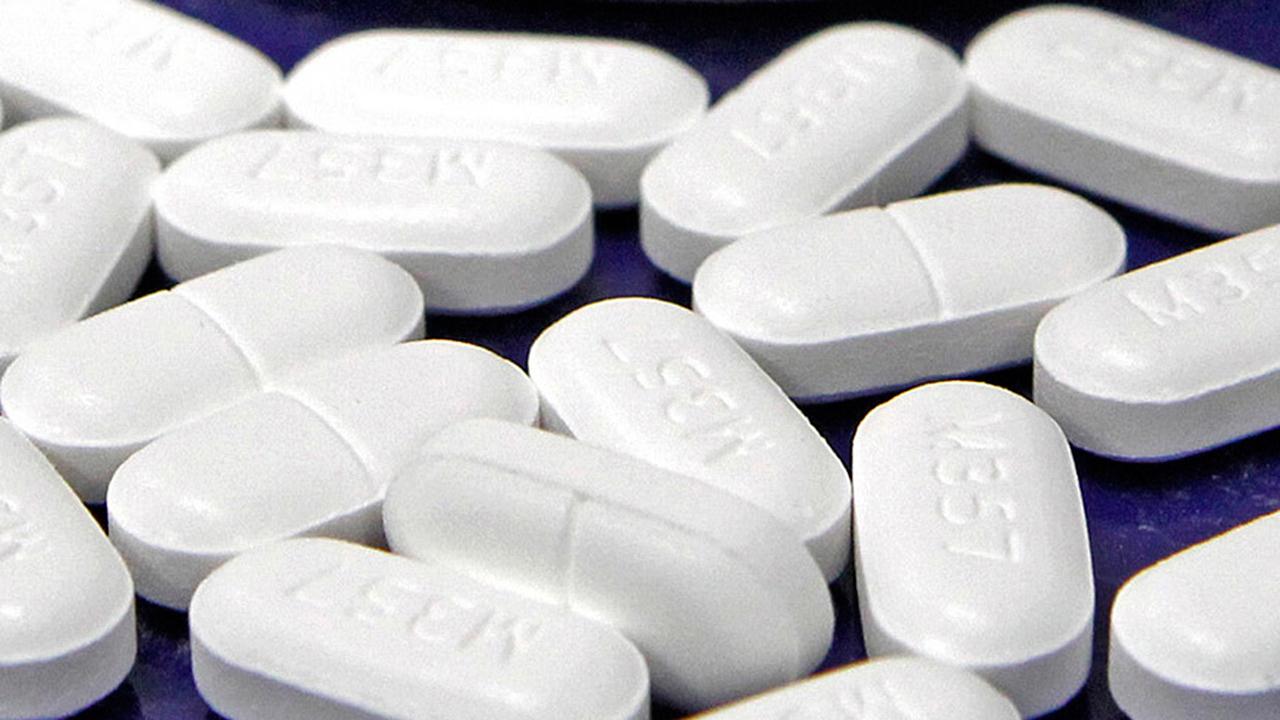Drug prices may 'surge' in near future, insurer warns
In the U.S., less expensive generic drugs comprise the majority of prescriptions filled, but spending on costly brand-name drugs with no alternatives has continued to drive prices higher – a trend that may cause overall drug prices to “surge” in the near future.
Total drug spending rose 2 percent in 2017, according to a new report from Blue Cross Blue Shield, despite the fact that a whopping 83 percent of prescriptions filled were generic drugs.
Total prescription drug spending has risen 10 percent each year since 2010, as consumers and companies continue to spend big bucks for these medications.
Only 18 percent of prescriptions filled last year were branded drugs, but these medications accounted for 78 percent of total spending. Expensive single-source drugs with no generic alternative saw costs increase at more than double the rate of average annual drug spending.
Blue Cross Blue Shield broke the prescription drug market down into two segments, branded patent-protected drugs and branded specialty drugs – brand-name drugs that treat chronic health conditions – on which spending rose 5 percent and 10 percent, respectively, to $79.5 billion and $27 billion.
“These trends highlight the underlying cost drivers in the prescription drug market and foreshadow potential surges in overall drug costs in the near future,” Blue Cross Blue Shield researchers wrote in a statement.
For the insurer’s members, prescription drugs accounted for 20 percent of overall health care spending – at more than $100 billion.
Total spending on generic drugs fell 3 percent since 2016.
The three drugs that accounted for the most spending were specialty drugs Humira, Remicade and Enbrel, each of which treats rheumatoid arthritis and psoriatic arthritis, among other conditions that differ for each.
The Trump administration continues to target appreciating drug costs, by speeding up the approval process for generics. President Trump said last month that the Food and Drug Administration approved more than 1,000 low-cost generics in 2017, a record. The administration has also ended a rule that prevented pharmacists from talking to consumers about cheaper drug alternatives.




















